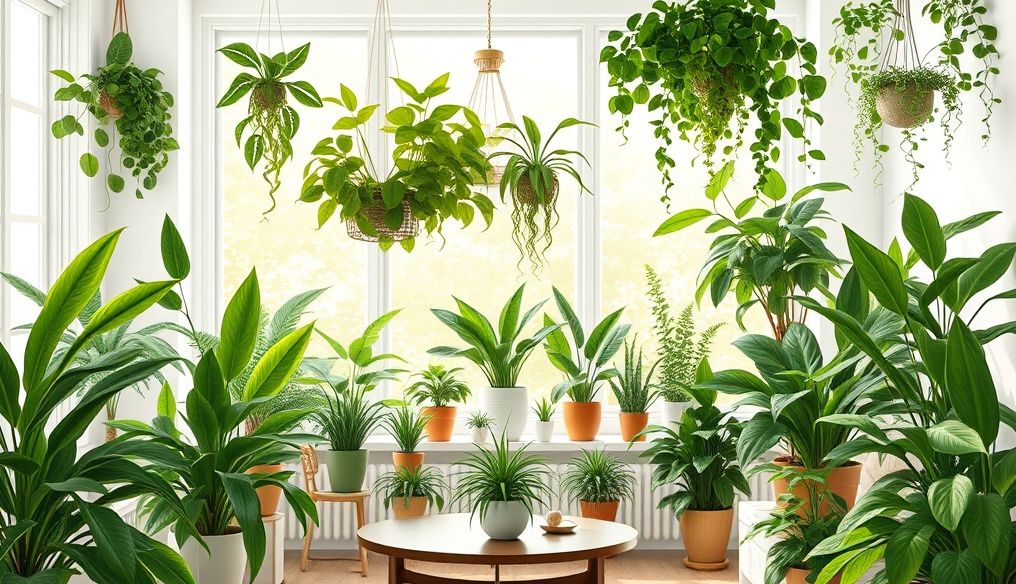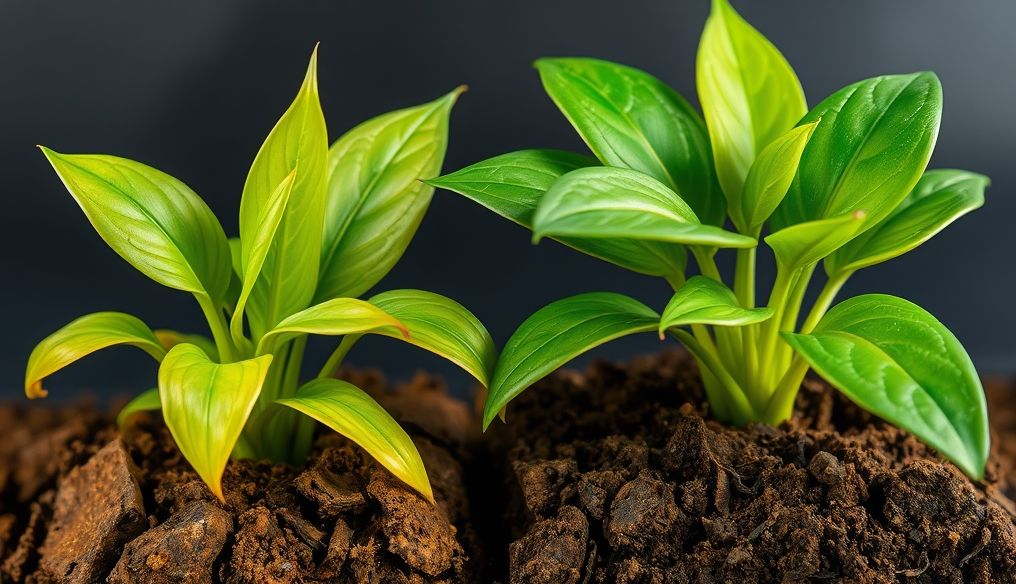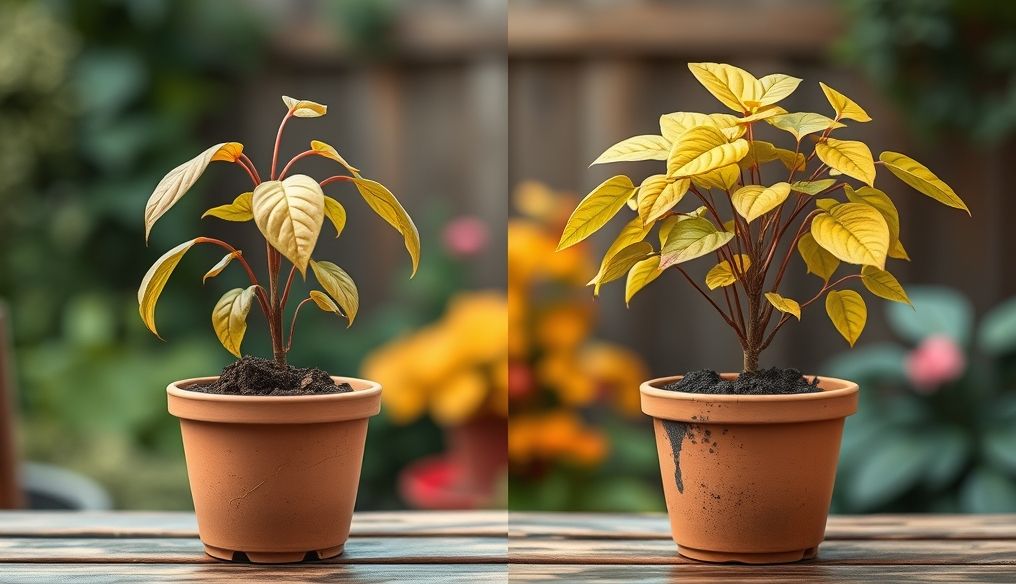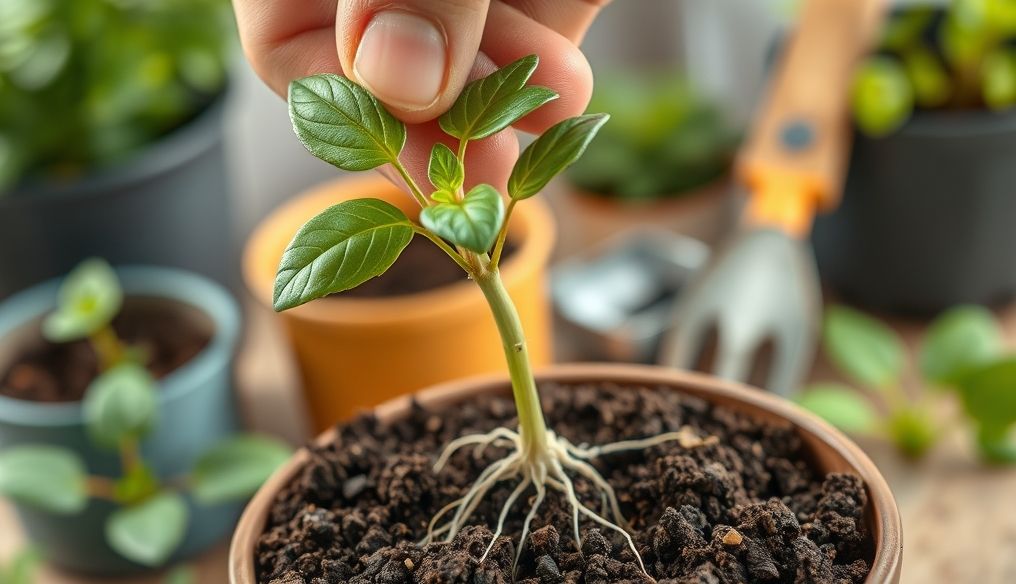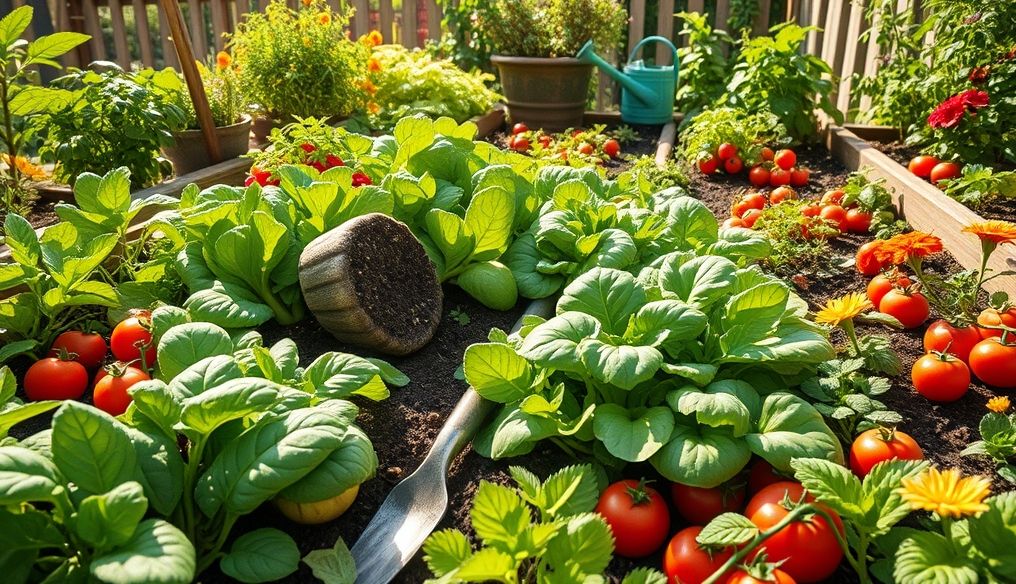What are the Best Plants to Purify Indoor Air and How Do We Choose Them?
Did you know that the air inside your home might be more polluted than outdoor air? That's right! Chemicals emitted from furniture, cleaning supplies, printers, and even clothing can accumulate and affect your health. Fortunately, there's a natural and beautiful solution: plants! Discover with us the best plants for purifying air and how to choose them for a healthy and refreshing home.
Why Do You Need Air-Purifying Plants?
The air inside our homes and offices is often polluted with a variety of harmful chemicals, including:
- Formaldehyde: Found in furniture, building materials, and textiles.
- Benzene: Found in paints, detergents, and smoke.
- Trichloroethylene: Found in solvents and degreasers.
- Ammonia: Found in glass cleaners and fertilizers.
- Xylene: Found in paints and varnishes.
These pollutants contribute to a variety of health problems, such as headaches, fatigue, eye, nose, and throat irritation, and even chronic respiratory problems. Fortunately, houseplants can play a vital role in purifying the air by:
- Absorbing these pollutants through their leaves and roots.
- Releasing oxygen, which improves air quality.
- Increasing humidity, which reduces dry skin and respiratory issues.
Top 10 Plants for Purifying the Air in Your Home
Here's a list of the top 10 houseplants known for their excellent air-purifying abilities:
1. Spider Plant (Chlorophytum comosum)
Spider plants are easy to care for and perfect for beginners. They efficiently remove formaldehyde and xylene from the air.

2. Snake Plant (Sansevieria trifasciata)
Snake plants, also known as "Mother-in-Law's Tongue," are very hardy and require little care. They are effective at removing formaldehyde, benzene, trichloroethylene, xylene, and toluene. Additionally, they release oxygen at night, making them ideal for bedrooms.

3. Pothos (Epipremnum aureum)
Pothos plants are easy to grow and can be hung or placed on shelves. They are effective at removing formaldehyde, xylene, toluene, and carbon monoxide.

4. Peace Lily (Spathiphyllum)
Peace lilies are beautiful and elegant, and they remove formaldehyde, benzene, trichloroethylene, xylene, and ammonia. They prefer shaded areas and moist soil.

5. Aloe Vera (Aloe vera)
Aloe vera is not only an excellent medicinal plant for sunburns and minor wounds, but it is also effective at removing formaldehyde and benzene from the air. It needs plenty of light.

6. Dracaena (Dracaena)
Dracaenas are available in a variety of shapes and sizes, making them a versatile choice for any home. They remove formaldehyde, xylene, toluene, and trichloroethylene.

7. Areca Palm (Dypsis lutescens)
Areca palms are natural humidifiers in addition to being effective air purifiers. They remove formaldehyde, xylene, and toluene.

8. Ficus Benjamina (Ficus benjamina)
Ficus benjamina, or Weeping Fig, is a popular plant but requires some care. It removes formaldehyde, xylene, and toluene.

9. Snake Plant 'Laurentii' (Sansevieria trifasciata 'Laurentii')
Another type of snake plant, distinguished by its yellow edges. It has the same powerful air-purifying benefits.

10. Lavender (Lavender)
In addition to its soothing scent, lavender helps purify the air and calm nerves. It requires plenty of light.

How to Choose the Right Plants for Your Home?
When choosing plants for air purification, consider the following:
- Light Level: Make sure to choose plants that match the light level in your home. Some plants require a lot of light, while others prefer shade.
- Humidity Level: Some plants prefer high humidity, while others prefer dry conditions.
- Care Level: Choose plants that you can easily care for. If you're a beginner, start with plants that require little care.
- Allergies: If you have allergies, make sure to choose plants that do not cause allergic reactions.
- Pets and Children: Ensure that the plants you choose are non-toxic to pets and children.
Additional Tips to Enhance Air Purification in Your Home
- Place plants in strategic locations: Place plants near sources of pollution, such as furniture and chemicals.
- Use enough plants: For plants to be effective in purifying the air, you need to use enough of them. The Environmental Protection Agency (EPA) recommends using at least one plant per 100 square feet of space.
- Keep plants clean: Wipe plant leaves regularly to remove dust and dirt, allowing them to absorb pollutants more effectively.
- Use organic soil: Organic soil helps improve plant health and enhance their ability to purify the air.
- Ventilate your home regularly: Even with plants, it's important to ventilate your home regularly to reduce pollutant levels.
Scientific Studies Supporting the Benefits of Plants in Air Purification
NASA conducted a famous study in the 1980s showing that houseplants can effectively remove harmful chemicals from the air. Other studies have also shown that plants can reduce dust and mold levels in the air.
Conclusion
Adding plants to your home is a simple and effective way to improve air quality and create a healthier living environment. By choosing the right plants and caring for them properly, you can enjoy the benefits of clean air and a beautiful home.
